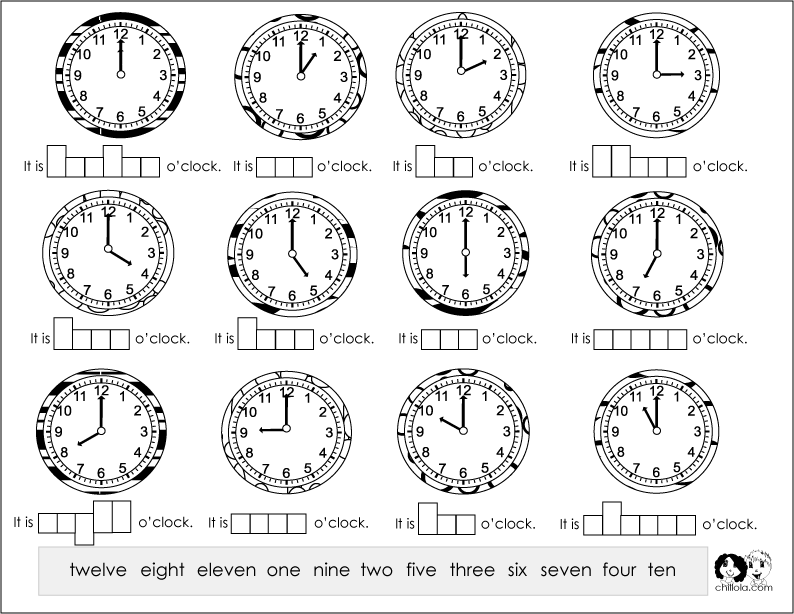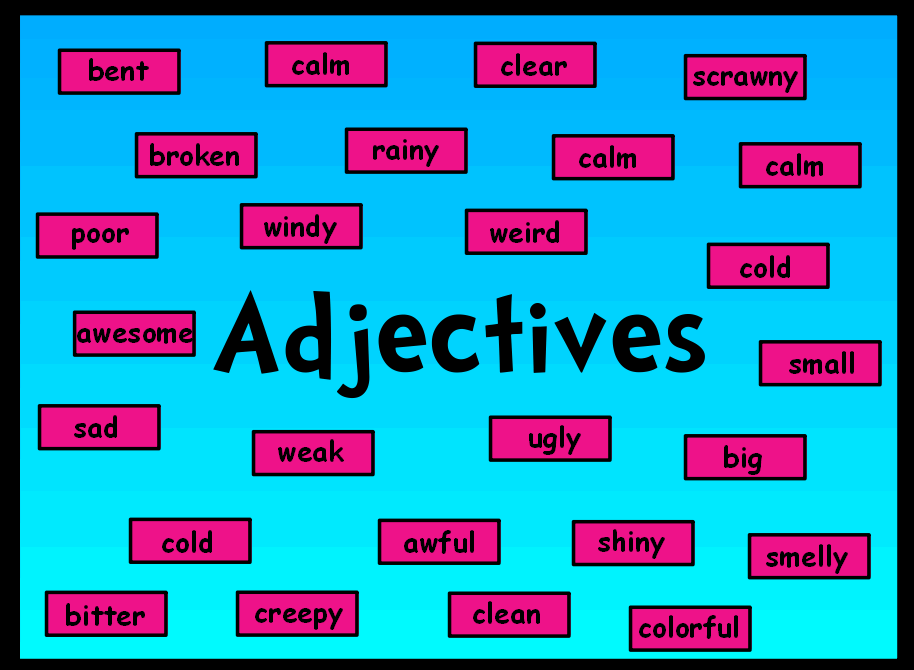A huge thanks to the teacher Solimar for the patience and funny classes!!!
terça-feira, 20 de novembro de 2012
Simple past
We use the Past Simple to talk about actions that happened at a
specific time in the past. The actions can be short or long.
Questions and negatives
Exercises
Use 1: Past actions that are now finished
The first use of the Past Simple to express actions that happened at a specific time in the past. The actions can be short or long.- John cut his finger last week. short
- I went to college 3 years ago. long
- He ate the dinner 1 hour ago. short
- I slept well last night. long
Use 2: Situation in the past
Another use of this tense is talk about situations in the past.- I lived in New York for 10 years (I don't live there anymore).
Use 3: A series of actions in the past
The Past Simple can also be used with a few actions in the past happening one after another.- He entered a room, lit a cigarette and smiled at the guests.
Questions and negatives
With the verb did (do in the past) + the infinitive.
In this site tthere is a list of irregular verbs
Did you pass?
You didn't fail, did you?
Yes, I did. / No, I didn't.
You didn't fail, did you?
Yes, I did. / No, I didn't.
Exercises
Time
Say the minutes first and then the hours. Use past and the preceding hour for minutes 01 through 30. Use to and the forthcoming hour for minutes 31 through 59, but .
Another possibility of saying '15 minutes past' is: a quarter past
Another possibility of saying '15 minutes to' is: a quarter to
Another possibility of saying '30 minutes past' is: half past
Example: 7.15 - fifteen minutes past seven
Example: 7.45 - fifteen minutes to eight
Another possibility of saying '15 minutes to' is: a quarter to
Another possibility of saying '30 minutes past' is: half past
Example: 5:30 - half past five
Possessive Adjectives
We use possessive adjectives to show who owns or "possesses" something. The possessive adjectives are:
- my, your, his, her, its, our, their
- whose (interrogative)
| number | person | gender | possessive adjective | example sentence |
| singular | 1st | male/female | my | This is my book. |
| 2nd | male/female | your | I like your hair. | |
| 3rd | male | his | His name is "John". | |
| female | her | Her name is "Mary". | ||
| neuter | its | The dog is licking its paw. | ||
| plural | 1st | male/female | our | We have sold our house. |
| 2nd | male/female | your | Your children are lovely. | |
| 3rd | male/female/neuter | their | The students thanked their teacher. | |
| singular/plural | 1st/2nd/3rd | male/female (not neuter) | whose | Whose phone did you use? |
Any/Some
Some = a little, a few or a small number or amount
Any = one, some or all
Usually, we use some in positive (+) sentences and any in negative (-) and question (?) sentences.
Look at these examples:
We use any in a positive sentence when the real sense is negative.
Sometimes we use some in a question, when we expect a positive YES answer. (We could say that it is not a real question, because we think we know the answer already.)
Any = one, some or all
Usually, we use some in positive (+) sentences and any in negative (-) and question (?) sentences.
| some | any | example situation | |
|---|---|---|---|
| + | I have some money. | I have $10. | |
| - | I don't have any money. | I don't have $1 and I don't have $10 and I don't have $1,000,000. I have $0. | |
| ? | Do you have any money? | Do you have $1 or $10 or $1,000,000? |
Look at these examples:
- He needs some stamps.
- I must go. I have some homework to do.
- I'm thirsty. I want something to drink.
- I can see somebody coming.
- He doesn't need any stamps.
- I can stay. I don't have any homework to do.
- I'm not thirsty. I don't want anything to drink.
- I can't see anybody coming.
- Does he need any stamps?
- Do you have any homework to do?
- Do you want anything to drink?
- Can you see anybody coming?
We use any in a positive sentence when the real sense is negative.
- I refused to give them any money. (I did not give them any money)
- She finished the test without any difficulty. (she did not have any difficulty)
Sometimes we use some in a question, when we expect a positive YES answer. (We could say that it is not a real question, because we think we know the answer already.)
- Would you like some more tea?
My dream house
There is/are
There is/There are is a common phrase in English, used to indicate that something "exists"or is in a certain location. The main subject follows the verb when there is/are is used.
There is an apple on the table.
There are some apples on the table
Exercise here
There is an apple on the table.
There are some apples on the table
Exercise here
segunda-feira, 19 de novembro de 2012
quinta-feira, 15 de novembro de 2012
Question words
| Question words | Meaning | Examples |
|---|---|---|
| who | person | Who's that? That's Nancy. |
| where | place | Where do you live? In Boston |
| why | reason | Why do you sleep early? Because I've got to get up early |
| when | time | When do you go to work? At 7:00 |
| how | manner | How do you go? By car |
| what | object, idea or action | What do you do? I am an engineer |
| which | choice | Which one do you prefer? The red one. |
| whose | possession | Whose is this book? It's Alan's. |
| whom | object of the verb | Whom did you meet? I met the manager. |
| what kind | description | What kind of music do you like? I like quiet songs |
| what time | time | What time did you come home? |
| how many | quantity (countable) | How many students are there? There are twenty. |
| how much | amount, price (uncountable) | How much time have we got? Ten minutes |
| how long | duration, length | How long did you stay in that hotel? For two weeks. |
| how often | frequency | How often do you go to the gym? Twice a week. |
| how far | distance | How far is your school? It's one mile far. |
| how old | age | How old are you? I'm 16. |
| how come | reason | How come I didn't see at the party? |
Asking questions
1.If you ask about the subject of the sentence, simply add the question word at the beginning:
Example:
James writes good poems. — Who writes good pems?
2.If you ask about the predicate of the sentence (the part of a sentence which contains the verb and gives information about the subject), there are three options:
- If there is a helping (auxilary) verb that precedes the
main verb ( foe example, can, is, are, was, were, will, would...), add
the question word and invert the subject and the helping (auxilary)
verb.
Examples:
He can speak Chinese. — What can he speak?
They are leaving tonight. — When are they leaving? - If you ask about the predicate and there is no helping
(auxilary) verb and the verb is "to be", simply add the question verb
and invert the subject and the verb.
Example:
The play was interesting. — How was the play? - If there is no helping (auxilary) verb in the the
predicate and the main verb is not "to be", add the auxilary "do" in the
appropriate form.
Examples:
They go to the movies every Saturday. — Where do they go to the movies?
He wakes up early. — When does he wake up?
They sent a letter. — What did they send?
Exercise on wh questions
My routine
I wake up at 06:30, brush my teeth, take a shower and get dressed. At 07:00 I go to the university and my mother, who wakes up at 06:00, go to work. After the class, I have lunch and go to work. When it's 08:20PM I go home. Then I usually try to study a little and go to bed at midnight.
How to form Yes/No questions
The rules
1.If the main verb of the sentence is "to be", simply invert the subject and the verb to be:
Examples:
2.If the sentence includes a main verb and another or other helping (auxiliary) verb(s), invert the subject and the (first) helping (auxiliary) verb.
Examples:
3.If the sentence includes a verb which is not the verb "to be" and doesn't include a helping (auxiliary) verb, the transformation is more complex.
There is an exercise here.
1.If the main verb of the sentence is "to be", simply invert the subject and the verb to be:
Examples:
- They are American. — Are they American?
- They are nice. — Are they nice?
2.If the sentence includes a main verb and another or other helping (auxiliary) verb(s), invert the subject and the (first) helping (auxiliary) verb.
Examples:
- They are visiting Paris. — Are they visiting Paris?
- She has done the housework. — Has she done the housework
- Nancy has been working all night long. — Has Nancy been working all night long?
- He will be reading the book. — Will he be reading the book?
3.If the sentence includes a verb which is not the verb "to be" and doesn't include a helping (auxiliary) verb, the transformation is more complex.
a.If the verb is in the present tense, add either do or does and put the main verb in its base form:
b.If the verb is in the past tense, add did and put the main verb in its base form:
- do if the subject is the first person singular, second person singular, first person plural, second person plural and third person plural (I, you, we, they)
Examples:
I like apples. — Do you like apples?
They go to a high school. — Do the go to a high school?- does if the subject is the third person singular (he, she, it).
Examples:
Nancy reads a lot. — Does Nancy read a lot?
He hates basketball. — Does he hate basketball?
Examples:
- He discovered the truth. — Did he discover the truth?
- She write a nice essay. — Did she write a nice essay?
- They did the homework. — Did they do the homework?
There is an exercise here.
Present Simple
Afirmações
Para as primeiras e segundas pessoas, o verbo fica igual à forma
infinitiva (mas sem a partícula “to”), nas terceiras pessoas, há a
necessidade de adicionar ao fim do verbo as extensões “s“, “es” ou “ies“.
Exemplos:
- He washes the car (ele lava o carro)
- I like internet (eu gosto de internet)
Interrogações
Para fazer frases interrogativas, vamos usar o auxiliar DO (ou DOES, para as terceiras pessoas) antes do verbo. Exemplos:
- Do you go to school ? (Você vai para a escola ?)
- Does she work ? (Ela trabalha? )
Negações
Para tornar uma frase negativa, é só adicionar o “NOT” depois do DO ou DOES:
- I Do not (don’t) work (eu não trabalho)
- She does not (doesn’t) work (ela não trabalha)
- He washes the car (ele lava o carro)
- I like internet (eu gosto de internet)
Interrogações
Para fazer frases interrogativas, vamos usar o auxiliar DO (ou DOES, para as terceiras pessoas) antes do verbo. Exemplos:
- Do you go to school ? (Você vai para a escola ?)
- Does she work ? (Ela trabalha? )
Negações
Para tornar uma frase negativa, é só adicionar o “NOT” depois do DO ou DOES:
- I Do not (don’t) work (eu não trabalho)
- She does not (doesn’t) work (ela não trabalha)
Assinar:
Postagens (Atom)














